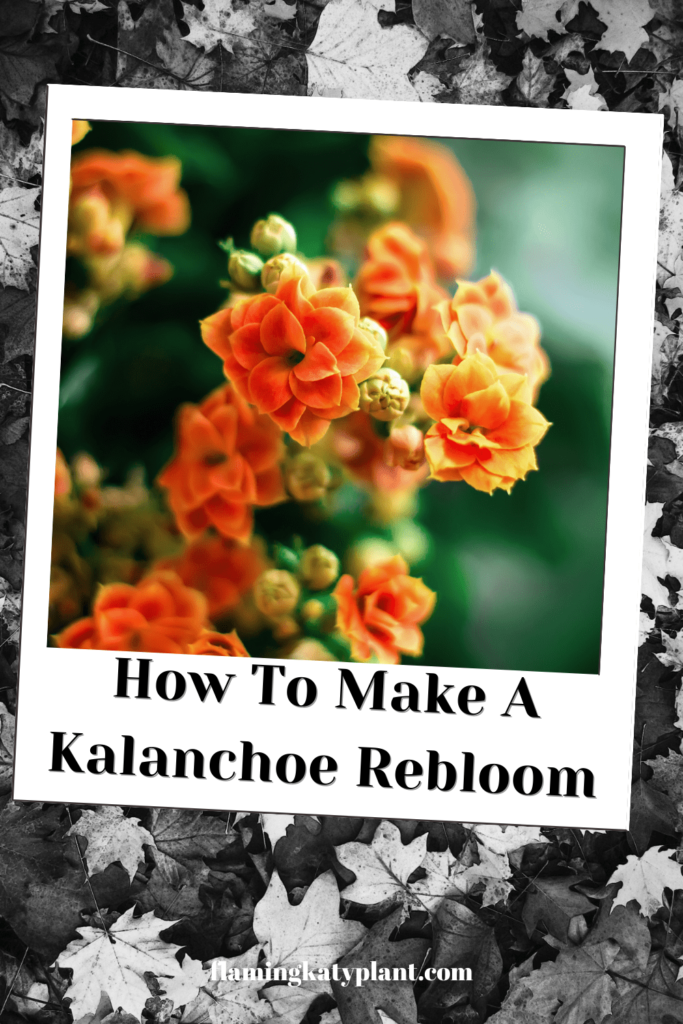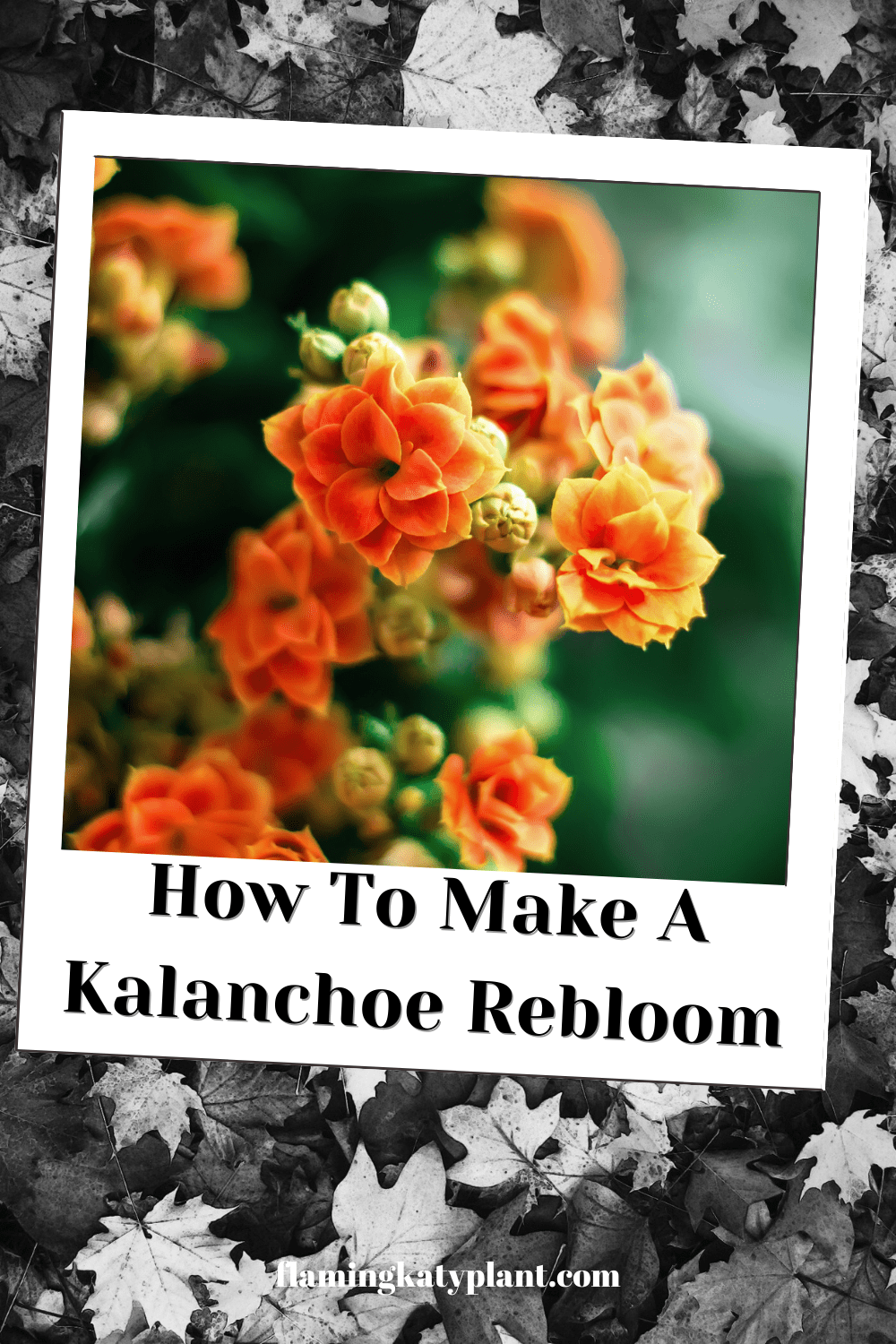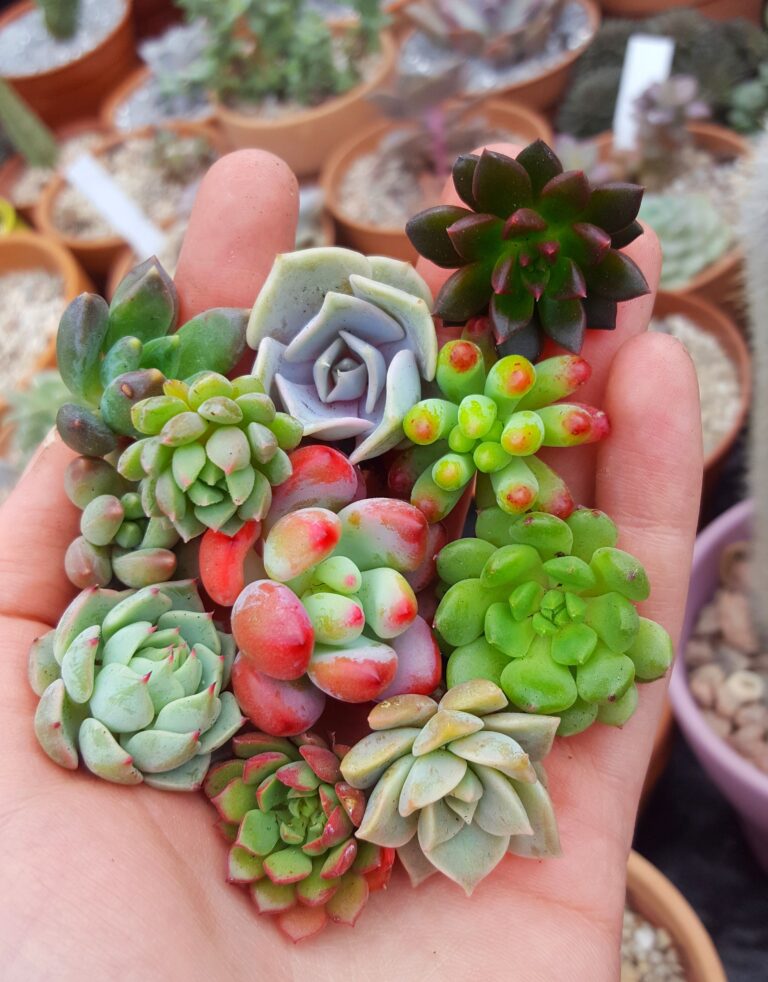Kalanchoe Flowering: How To Make A Kalanchoe Rebloom

As a nursery gardener, understanding the intricate details of Kalanchoe flowering is crucial to ensure this beautiful succulent graces your garden with its vibrant blossoms year after year. Kalanchoes, with their lush green foliage and striking, long-lasting flowers, are a favorite among both indoor and outdoor garden enthusiasts. To encourage Kalanchoe to rebloom, one must carefully balance its heat, water, and light conditions.
Heat Conditions:
Kalanchoes thrive in warm and temperate environments, making them ideal choices for indoor gardening. However, as a gardener, you must be attuned to the nuances of heat conditions and how they affect Kalanchoe’s ability to rebloom.
Maintaining the right temperature is key. These succulents prefer a climate ranging from 60°F to 85°F (15°C to 29°C). Exposure to extreme heat, such as direct sunlight or excessively high temperatures, can lead to premature wilting or flower drop.
Understanding the seasonal changes is essential. Kalanchoes typically bloom during late winter to early spring when days are shorter and cooler. As the days lengthen and temperatures rise, the plant may naturally enter a resting phase. To encourage reblooming during other times of the year, consider simulating these conditions by providing cooler temperatures or utilizing artificial lighting for 14 to 16 hours per day.
Water Conditions:
Proper watering is a gardener’s art when it comes to Kalanchoe. The succulent’s unique needs play a significant role in its flowering cycle.
Well-draining soil is paramount. Overly moist soil can lead to root rot, which can be devastating for the plant. Water your Kalanchoe sparingly, allowing the soil to dry slightly between waterings. When you do water, be sure to soak the soil thoroughly and allow any excess water to drain away.
Water quality matters. Room-temperature, purified water is best for Kalanchoes. Avoid water with harsh chemicals or high mineral content, which can harm the plant over time. Rainwater or distilled water are excellent choices.
Develop a watering schedule. During the flowering period, water your Kalanchoe moderately to keep the soil consistently moist but not waterlogged. However, reduce watering during its resting phase, allowing the soil to dry out more between waterings.
Light Conditions:
As a gardener, you know that light is the lifeblood of any plant. Kalanchoes are no exception, and understanding the impact of different light conditions is vital to their reblooming.
The right balance of sunlight is essential. Kalanchoes thrive in bright, indirect sunlight. Excessive direct sunlight can cause sunburn and leaf scorching. Conversely, insufficient light can hinder flower production. Position your Kalanchoe near a sunny window with filtered light, or use sheer curtains to diffuse direct sunlight.
Manage light duration. To trigger reblooming, your Kalanchoe needs a period of darkness to mimic the shorter days of late winter and early spring when it naturally flowers. Throughout the rest of the year, provide 14 to 16 hours of light and 8 to 10 hours of darkness. Using timers to control artificial light sources can help regulate this cycle.
Conclusion:
As a nursery gardener, nurturing Kalanchoes to bloom is both a science and an art. Understanding how heat, water, and light conditions influence your Kalanchoe’s flowering can help you cultivate healthy, vibrant plants. By tending to the unique needs of these succulents and mimicking their natural growing conditions, you’ll enjoy the beauty of Kalanchoe blossoms year after year, making your garden a more colorful and lively space.





